MNTN has launched QuickFrame AI, a new video-production platform. It helps brands of all sizes create studio-quality ads quickly for TV and digital channels. Users enter their website URL. Then, they choose a video style. After that, generative AI takes care of scripting, visuals, voice, and production. MNTN claims brands can move from idea to a finished ad in about 12 minutes.
Marketers can edit the ad easily. They can change details like lighting, dialogue, camera movement, and visual effects. They can publish the finished videos straight to connected TV platforms. They can also export them to channels like Meta, TikTok, YouTube, and Google Ads.
MNTN’s launch shows its goal: making high-quality video production accessible. Before, only big brands with large budgets could create professional ads. Now, with QuickFrame AI, MNTN aims to change that. Any brand, big or small, can create effective ads quickly and affordably.
Also Read: Google Launches Pomelli to Democratise Branded Marketing for SMBs
Impact on the Marketing and Advertising Industry
Accelerating Creative Production
QuickFrame AI is a big step forward for marketing teams in video content creation. AI speeds up scripting, editing, and visuals. Campaign timelines go from weeks to just minutes. This helps marketers make more variations. They can test different messages together and improve performance on various platforms. They don’t have to worry about time or cost.
Empowering Small and Mid-Sized Businesses
For years, only big companies could afford high-quality TV and video ads. QuickFrame AI changes that. Now, smaller businesses can compete visually and in storytelling with larger brands. This change could enhance diversity and spark innovation in digital advertising. It may also boost competition and creativity for all.
Transforming the Role of Creative Teams
As production automates, the focus will shift. It will center on strategy, storytelling, and brand differentiation. Marketing teams can spend less time on manual editing and logistics. They can create engaging stories and keep the brand real in all content. Agencies will need to evolve too. They must become strategic partners, guiding creative direction, audience segmentation, and data-driven optimization.
Integrating Creative Generation into MarTech Stacks
The introduction of tools like QuickFrame AI marks a change in marketing technology. Creative generation is now key in MarTech stacks, alongside targeting, analytics, and automation. This blend helps marketers manage audiences. It also creates and optimizes tailored assets for specific segments and channels—all in one workflow.
Broader Business Implications
For businesses in marketing, advertising, and technology, QuickFrame AI could bring key changes:
- Budget Reallocation: Companies might cut traditional production costs. They could then invest in tech platforms and data analytics for creative automation.
- Agility and Responsiveness: Brands can now create ads in minutes. This helps them respond quickly to cultural events, seasonal changes, and new trends. It was harder to do that before.
- Competitive Differentiation: As generative AI makes content creation easier, creativity, authenticity, and brand storytelling will be more important than ever. Businesses that excel in these areas will stand out in a crowded market.
- Shift in Agency Models: Agencies may rethink their models. They’ll concentrate on insights, creative direction, and campaign strategy. This goes beyond just video production. Quick adapters will find new ways to assist clients with AI-driven marketing changes.
Challenges and Considerations
QuickFrame AI has great potential, but marketers face challenges with its adoption:
- Maintaining Brand Consistency: Automated tools need clear brand guidelines. This ensures the output matches the voice, tone, and visual identity.
- Balancing Automation and Human Creativity: AI boosts production, but it can’t match human intuition, empathy, or storytelling. These qualities are key for effective advertising.
- Performance Measurement: With many creative options, marketers must improve their data analytics. This helps them see what works and refine performance.
- Skill Development: Marketing teams need to learn new skills for AI workflows, creative iteration, and managing dynamic content.
Conclusion
MNTN’s launch of QuickFrame AI marks a big step in creative automation for advertising. It shows a trend where technology supports marketing and drives creativity. For brands, this means quicker market times, lower costs, and more room to experiment. For the industry, it redefines what’s possible when AI meets creativity.
Businesses using QuickFrame AI will thrive by combining automation with human insight. This shift can turn creativity from an expensive bottleneck into a scalable advantage.
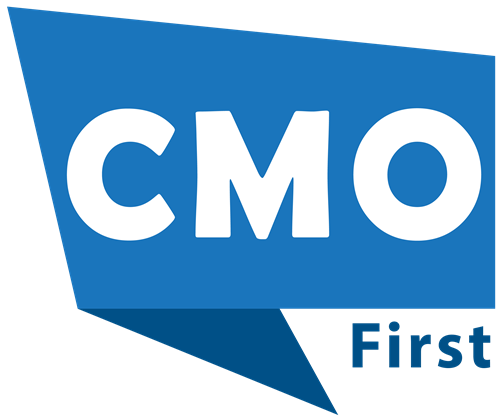






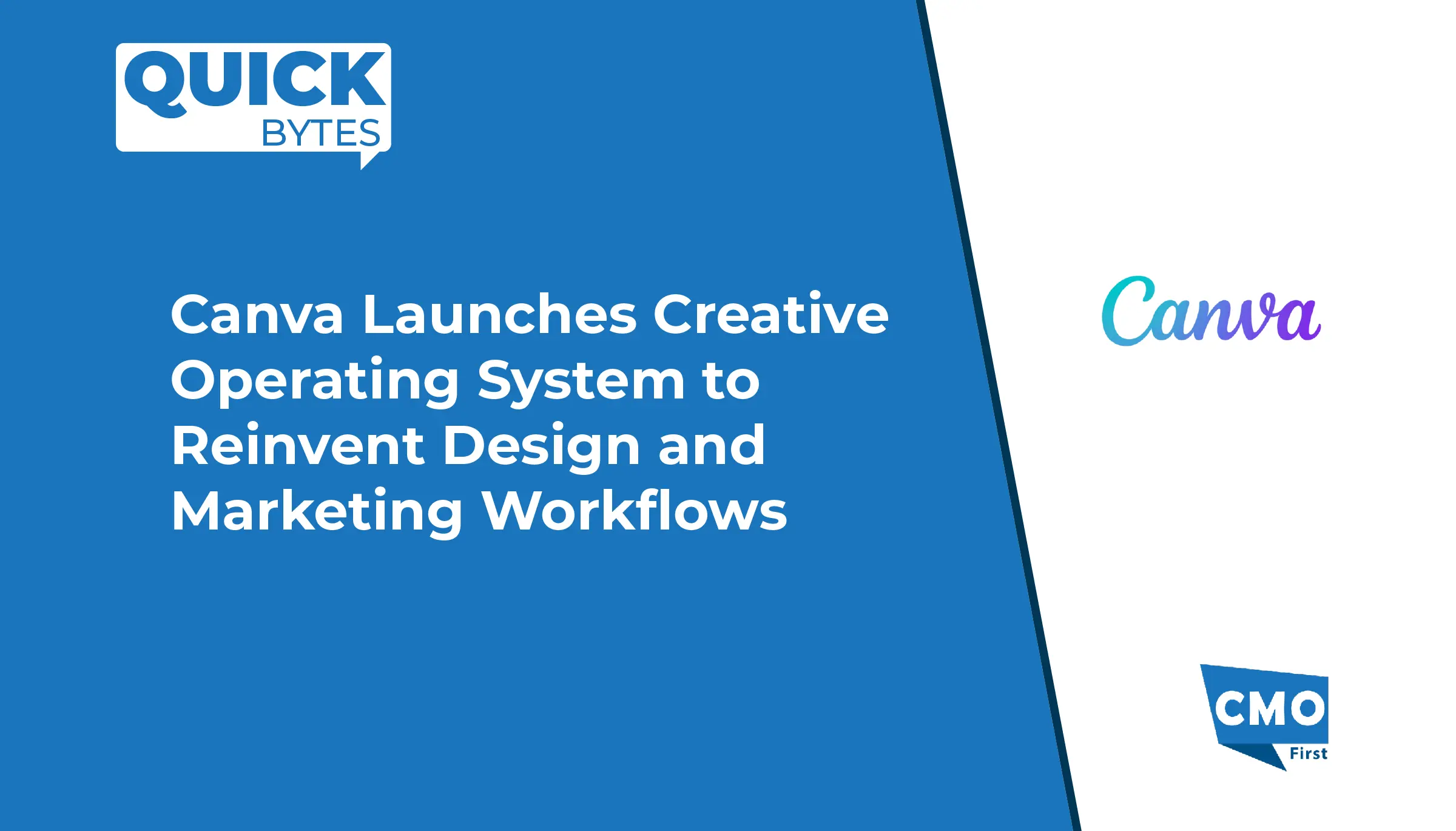
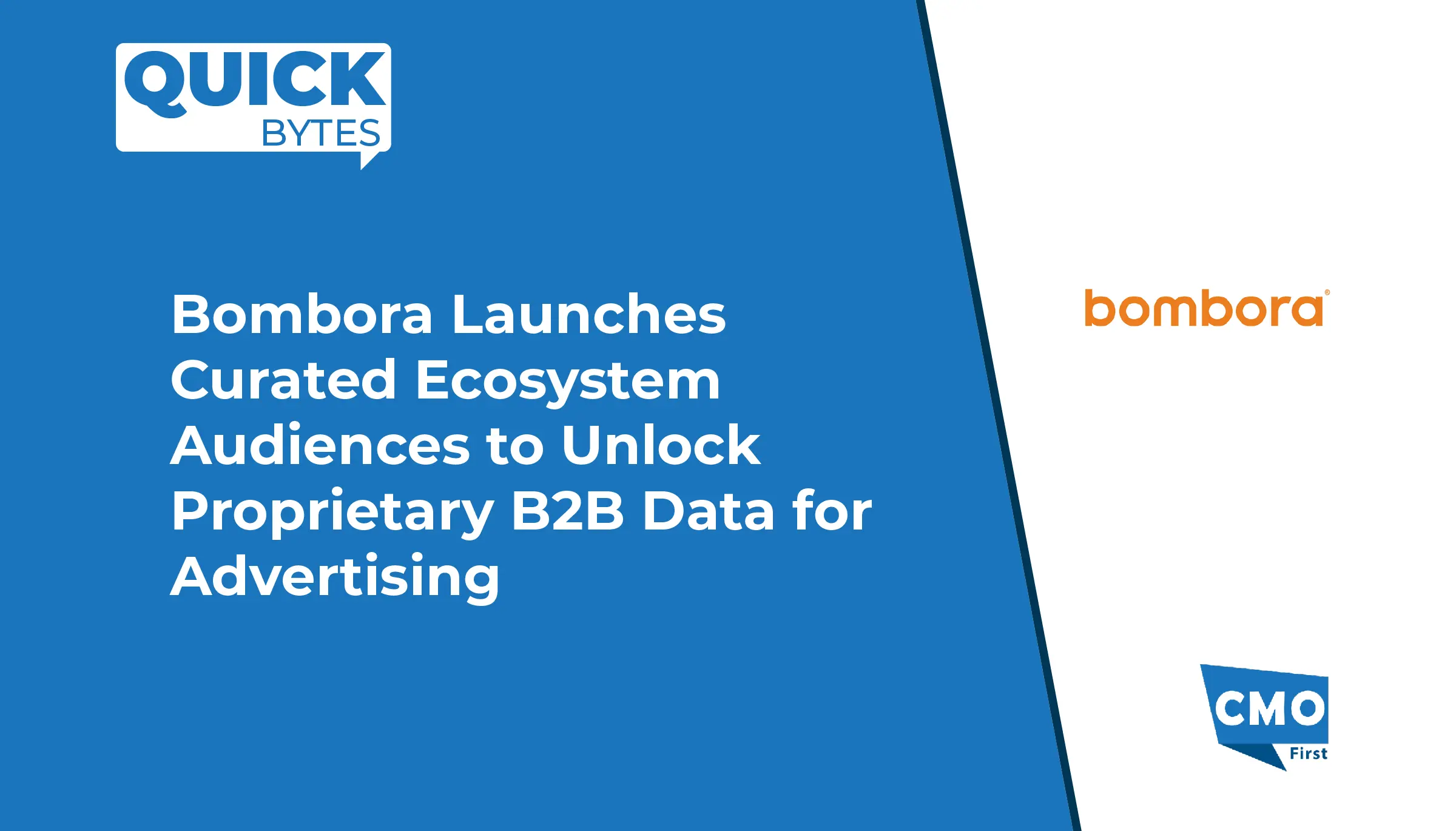
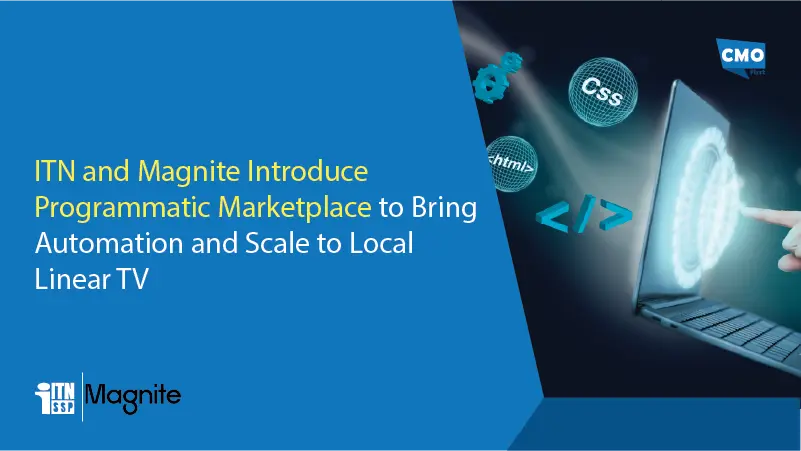
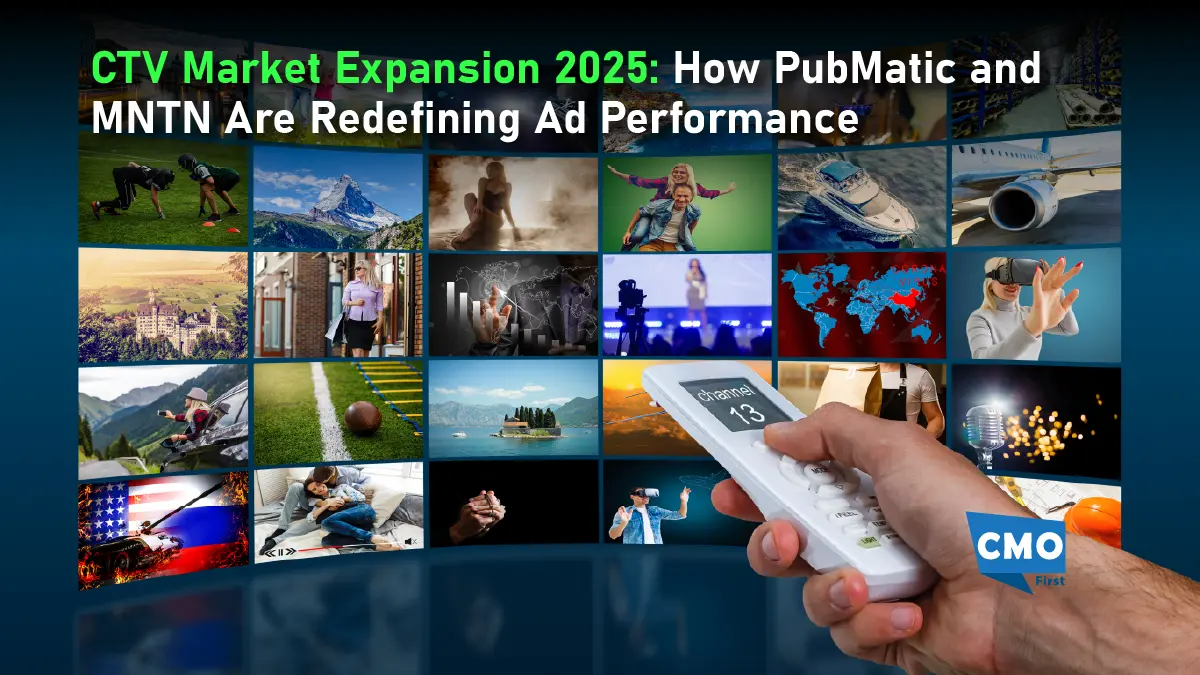
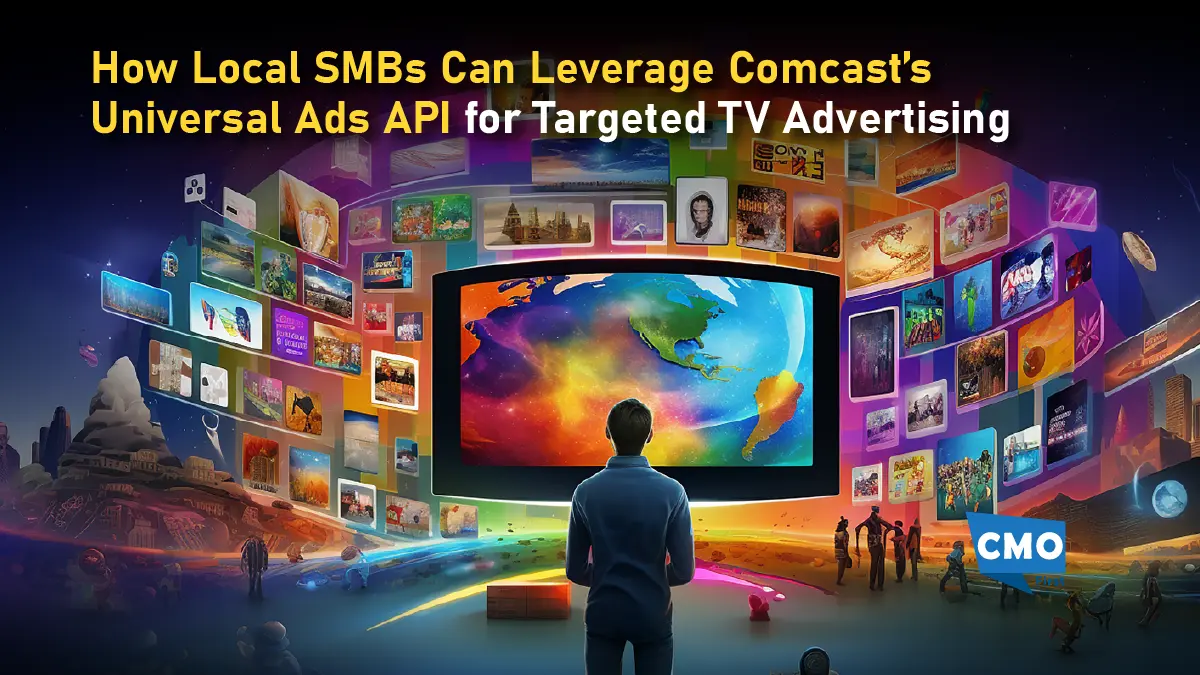

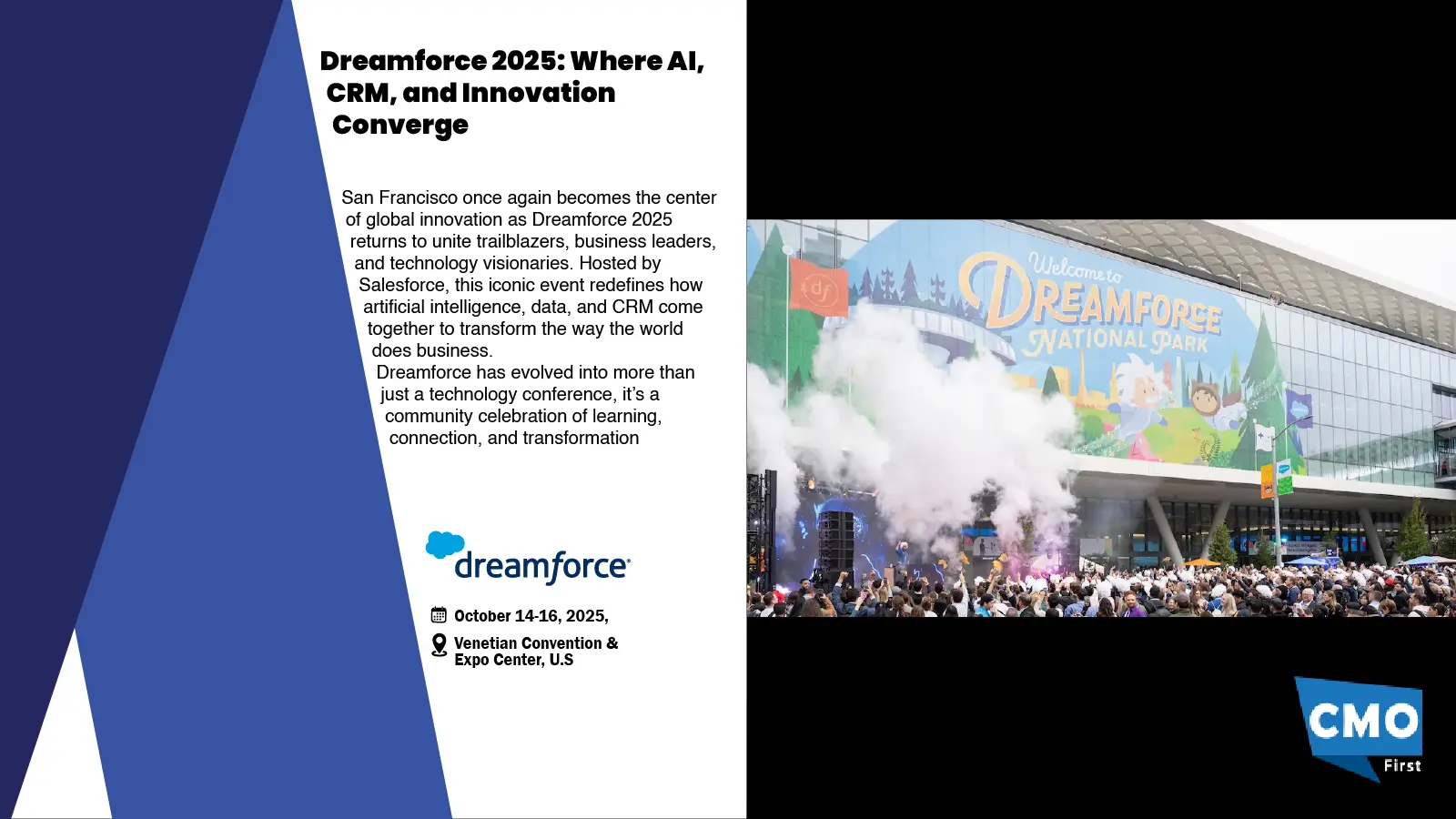

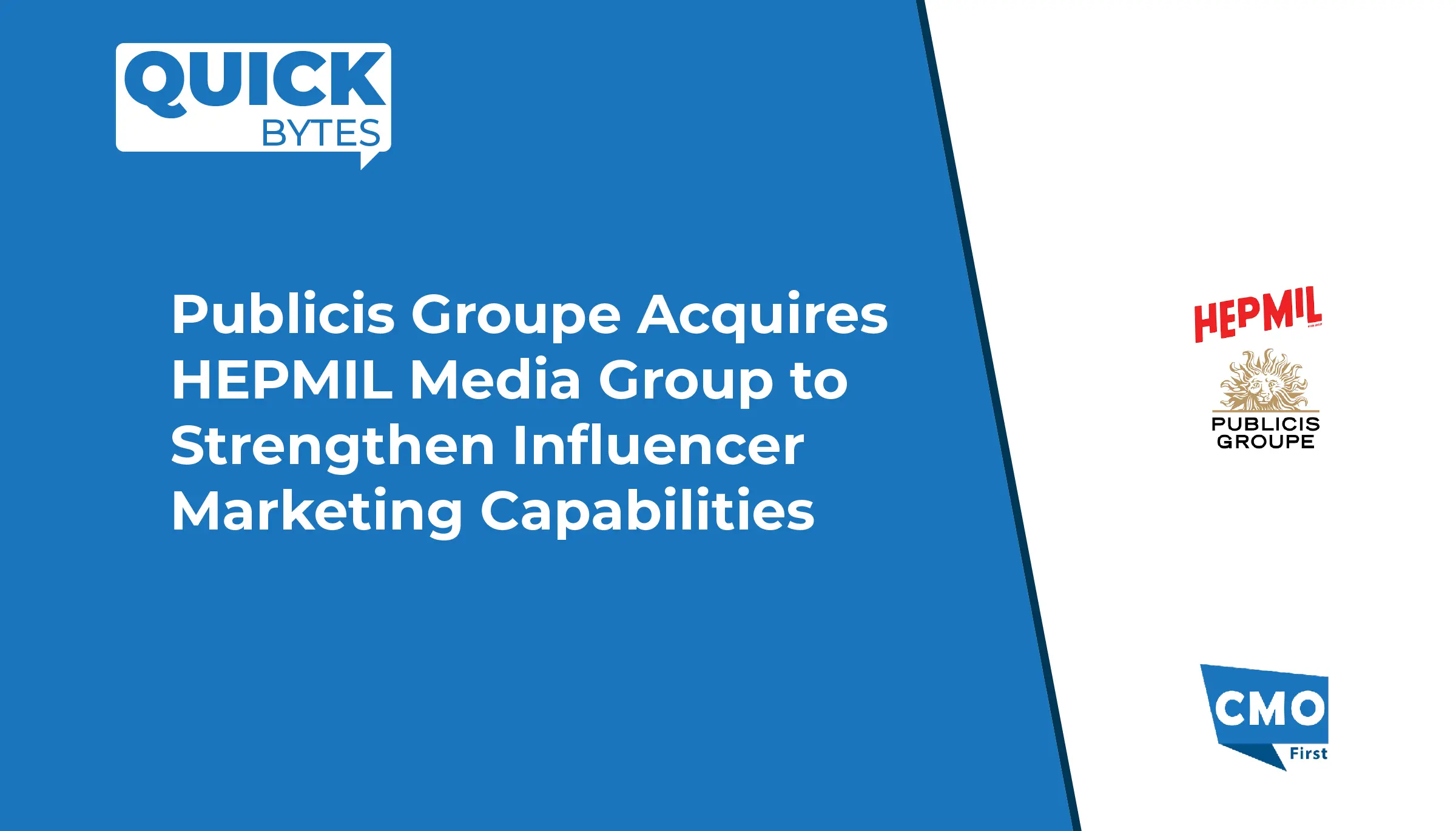
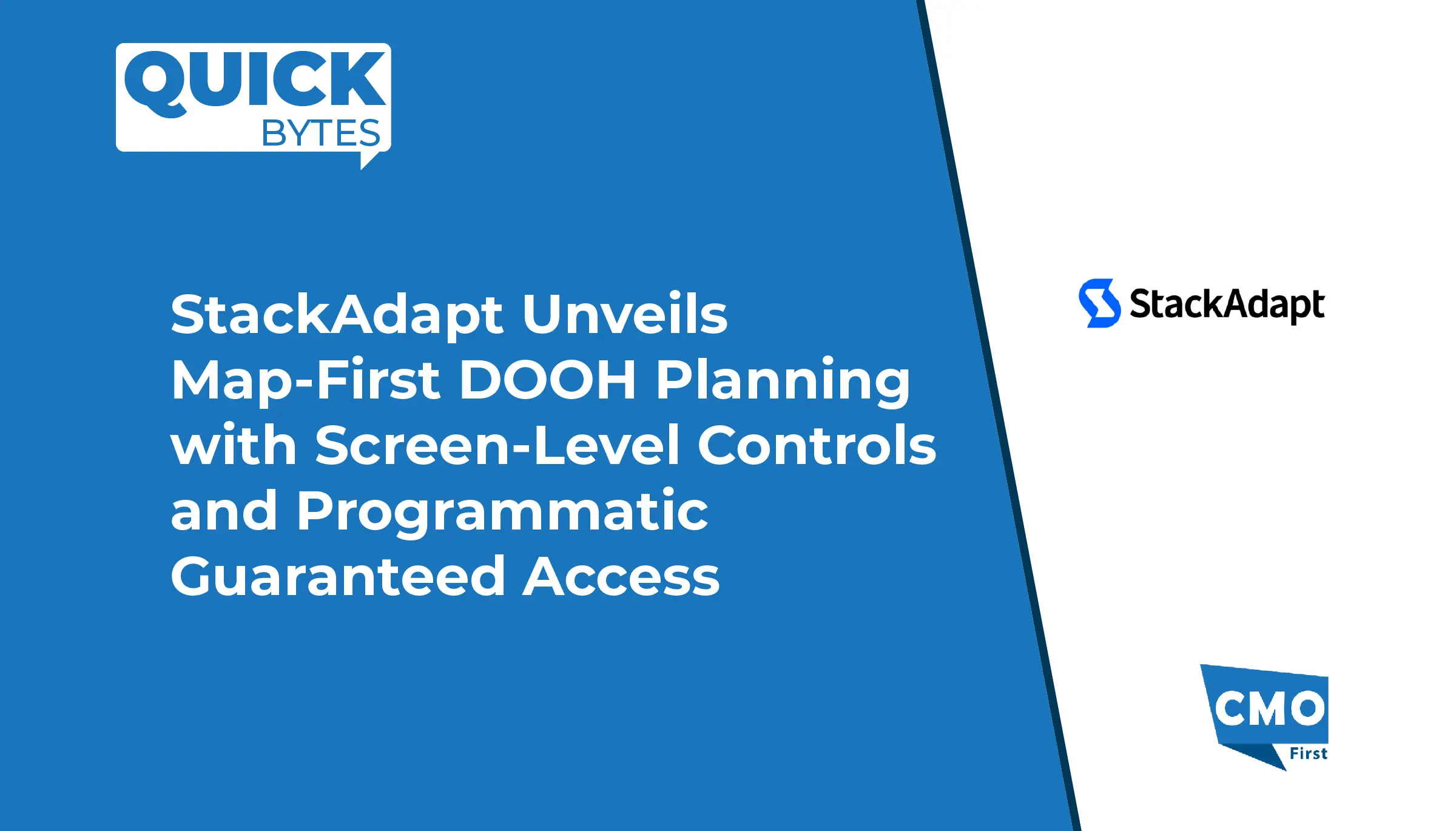
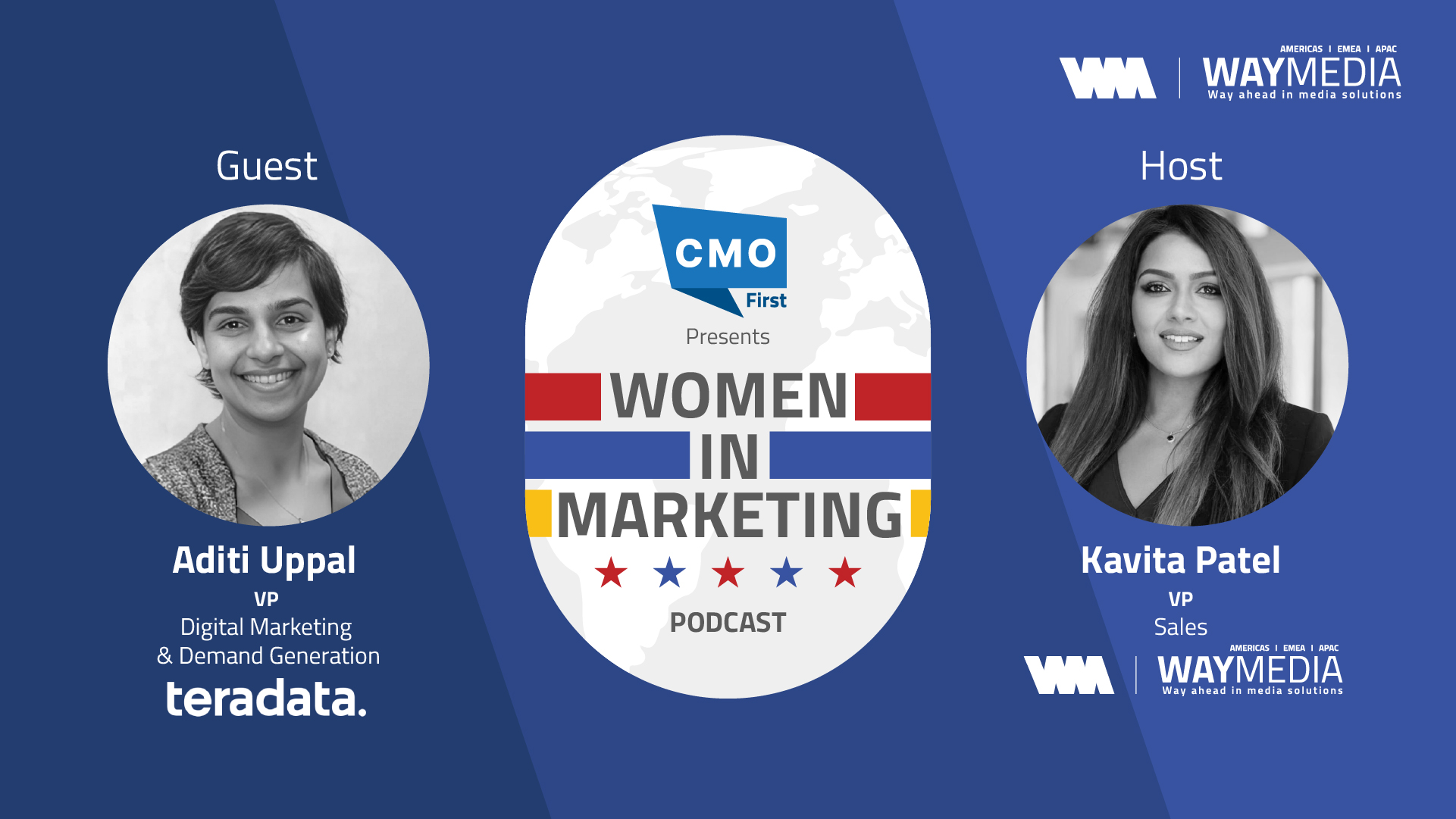

Leave a Reply